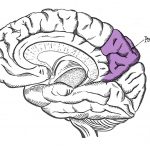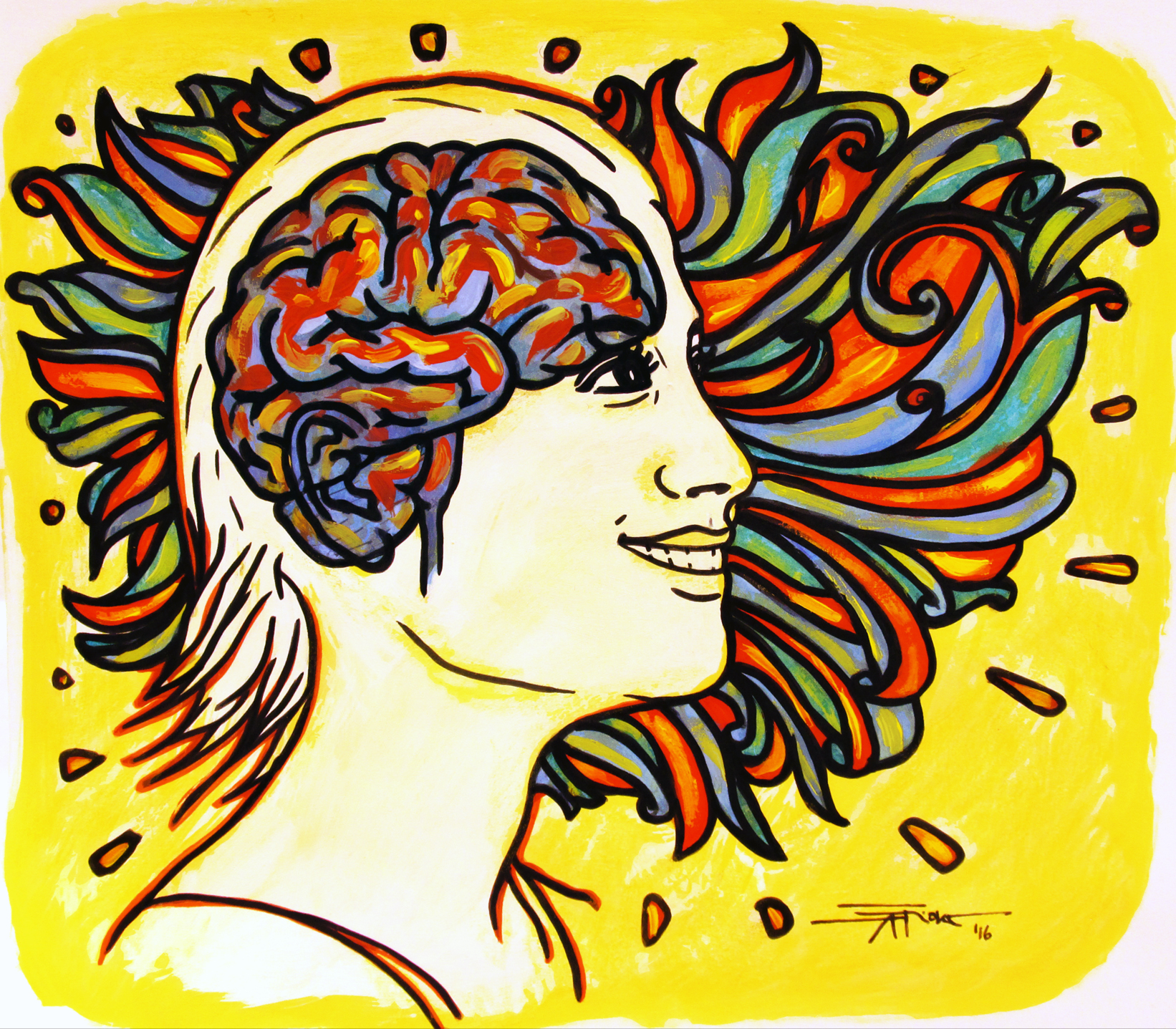Happiness is a state we all strive toward in life, but what does happiness really mean? Most people view happiness as a subjective phenomenon, since what makes one person happy will not necessarily bring another person joy. When Kyoto University researchers sought to study subjective happiness in the brain, they investigated it in a relatively novel and unexplored fashion. The team, led by researcher Wataru Sato, wanted to measure the neural correlates of happiness, essentially asking: “Where does happiness happen in the brain?”
Previous research has shown that subjective happiness is a stable trait. This is the assumption that each person has a baseline level of subjective happiness to which they consistently return despite fluctuation in happiness levels, in the same way that personality largely remains consistent over time. The Kyoto researchers defined the measures of happiness as the combination of both emotionally positive and negative mood states and cognitive self-assessment of life satisfaction, which is also influenced by genetic factors. The team hypothesized that subjective happiness likely maps onto an underlying structure or a neural network within the brain.
To investigate this hypothesis, the Sato team used a combination of magnetic resonance imaging (MRI) paired with questionnaires designed to evaluate the levels of subjective happiness as a function of both intensity of emotions and participants’ self-assessment of life satisfaction. MRI is increasingly a staple technology in health and research that provides an image of activity in the brain changing with patterns of increased blood flow in activated brain regions. When certain brain regions are activated during a task, such as answering a question concerning one’s level of happiness, it is presumed that these areas have a direct relationship to the task at hand. In this case the activated region would be tied to happiness.
Sato’s team found one area that particularly stood out: the right precuneus region of the medial parietal cortex. The parietal cortex is important to several large functions of human operation, including motor function, somatosensation (touch), and aspects of language and communication. The parietal lobe is located toward the top back of the head, and within that brain cortex the precuneus is in the middle of the right side.

Sato’s results show a significant relationship between subjective happiness ratings, as measured by the questionnaires, and grey matter volume in the right precuneus. The elevated levels of grey matter indicate a greater number of neurons that are more densely packed in this specific area – this increased number of neurons means more connections in that region, which would imply a better ability to integrate different types of information important to happiness. Indeed, an extensive body of knowledge on the medial parietal cortex has indicated that this region has widespread neural networks throughout the brain, suggesting that it is important for integrating different types of information, such as memory, sensation, cognition, and emotion. Furthermore, other research has found that the medial parietal cortex region is key to the processing of self-referential knowledge: information about one’s inner self that involves both past memories and future plans. Taken in tandem, it is likely that the precuneus forms important links between our emotions, cognitive appraisals of happiness, and self-knowledge in order to temper and mediate our overall happiness.
The Kyoto University team recognizes that the exact neural mechanisms that perform this integration remain unclear, though prospective research may bring about exciting new lines of study.
For example, they have suggested that this work may have implications on the field of public policy. They envisage a future where policymakers may use neuroimaging to provide objective measures of population happiness to better form policy for the people. However, there are multiple reasons why this is unlikely. Not only is MRI expensive and difficult to perform, especially on a large, systematic scale, but the data collected may also not be cross-culturally viable or applicable to certain populations like those living with neural disorders like autism, ADHD, or Down’s syndrome.
Studies have shown that psychological activities like meditation have changed the structure of precuneus grey matter through neural plasticity. Neural plasticity refers to the fact that the human brain is an incredibly dynamic organ capable of reorganizing and shaping itself according to the person’s experiences. This work suggests that meditation and other similar interventions may actually increase overall happiness at a neural level by increasing the amount of precuneus grey matter.
It is important to note that these findings may present a problem of directionality: does a larger precuneus dispose one toward being happy, or do higher happiness levels lead to the development of a larger precuneus? The evidence that meditation increases the size of the precuneus points to the latter, but only further study will shed more light onto this matter.
The precuneus area of the brain is not necessarily the only area involved in happiness either. This line of logic is referred to as “localization of function,” which posits that different parts of the brain have distinct and separate responsibilities. Despite being increasingly popular in psychology and neuroscience, many researchers argue that this view of the brain is reductive and overly simplistic. Localization of function does not fully encapsulate the vast complexity and nuance in the human brain, nor does a purely neurological understanding of happiness fairly represent the range of social, biological, and environmental factors that influence human experience.
Nonetheless, these results are exciting and may influence the future of “happiness therapies” as experts focus on ways to strengthen and enlarge the precuneus via different psychological training techniques such as mindfulness meditation or yoga. Identifying these regions of the brain associated with individual happiness or other emotions could be an important step in opening new doors to understanding and treating mental disorders that affect a person’s emotions such as depression or bipolar disorder.
